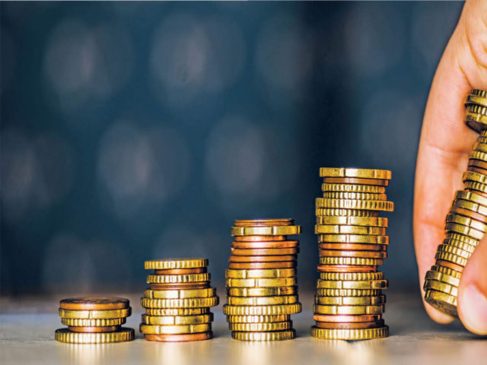The rising inflation and uncertainties have upped the responsibility to financially secure child’s future. Right from education to cost of living to milestones like marriage need to be accounted for before you draw up a plan for your family.
Vivek Jain, Head – Investments, Policybazaar.com in an exclusive chat with Reema Sharma of Zee Media says, “The rate of education inflation has witnessed an upward slope for quite some time and is currently somewhere around 11-12%, expected to go even further up. If we talk about an MBA course, it currently costs around Rs 30 lakhs from a good college.
Jain suggests that this Children’s Day, you could take a step towards early financial planning to help secure your children’s dreams.
Read More: All You Need To Know About Rule Of 72 In Investment
In the First step, Jain stresses on accessing your goals and future plans. “Before investing,you should have a rough estimate of how much money you would require for your child’s higher education or marriage. Take inflation rate and future expenses into account while calculating this amount. Here’s why insurance-cum-investment products are your best bet for your portfolio,” he adds.
Jain also says that parents should choose a plan that has waiver of premium option. The unique feature of insurance-cum-investment products is that they come with the waiver of premium option, he adds.
Here are some plans you consider investing in to avail this unique benefit –
Unit Linked InsurancePlans (ULIPs): You can consider investing in ULIPs which are investment cum insurance plans that ensure that your child gets desired amount at the right age. The average rate of return of ULIP is around 12-15%, keeping in view the market conditions. A great advantage of these plans is that they provide waiver of premium option through which the insurer continues to pay premiums in the case of unfortunate demise of the parent.
Read More: Paytm, Google Pay or PhonePe: Which One Has Biggest Share In UPI Transactions?
Guaranteed return plans: Guaranteed return plans are investment cum savings plans that promise guaranteed returns after a set period of time while avoiding market risk. Traditional guaranteed return plans are best suited for customers who are risk averse. They are also a good alternative to traditional options like FD, NSCs and PPF because new-age GR plans offer a rate of return as high as 7 to 7.5% which helps beat inflation.
Also, banks allow you to keep your money in FD for a maximum of 10 years, whereas guaranteed return plans allow you to lock your money for up to 45 years. As a result, if you invest in FD, you will have to bear the reinvestment risk. The interest on FD is taxed whereas the interest earned on guaranteed return plans is not taxed. As a result, you can benefit from higher returns that are non-taxable. Guaranteed return plans also contain life insurance, which beneficiaries receive if the policyholder passes away. That isn’t an option in other traditional plans.
Child Capital Guarantee Solution: These are a combination of unit linked and guaranteed return plans. In these plans, 50-60% of the amount invested goes into guaranteed return portion whereas rest of the amount goes into ULIP component. The returns on traditional guarantee component are 100% guaranteed. You also get the market upside from the ULIP component. So, the benefit of these plans is that you get best of both worlds. For example, by investing Rs 10,000 per month for 10 years a Capital Guarantee Solution, you will get around Rs 90 lakh as maturity amount after 20 years when the policy ends. The 50-60% of this maturity amount is 100% guaranteed as it will be from guaranteed return component.
Besides if the policyholder dies, the dependents receive a life insurance policy worth ten times the annual premiums paid. These plans also provide tax benefits on premiums under Section 80(C) of the Income Tax Act and on the maturity amount under Section 10 (10D).
If you are pondering over the right time to invest, it is now because the more you delay, the higher will be the amount you need to invest later on or you will lose out on returns, Jain adds.





































